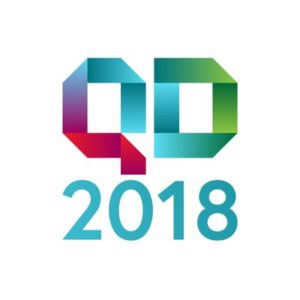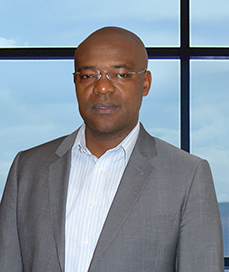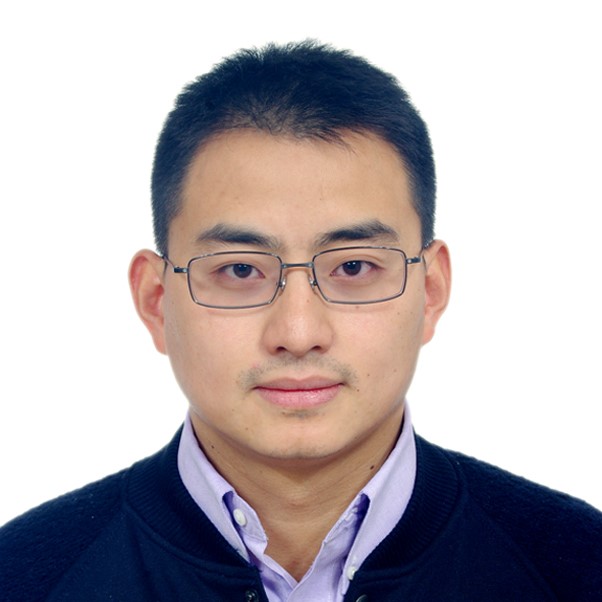With 2018 now well underway, we thought to look back and share with you a selection of our most popular articles from 2017. These articles highlight important conceptual advances and insights in nanoscience and nanotechnology, and are all free to access online.
Nanoscale Horizons is the home for rapid reports of exceptional significance in nanoscience and nanotechnology, only publishing work that shows a clear conceptual advance.
Sign up now to get updates on all articles as they are published on Twitter, Facebook, and our e-alerts.
Reviews
Synthesis of aerogels: from molecular routes to 3-dimensional nanoparticle assembly
Felix Rechberger and Markus Niederberger
Nanoscale Horiz., 2017, 2, 6-30
DOI: 10.1039/C6NH00077K, Review Article
Synthesis, optical properties and applications of light-emitting copper nanoclusters
Zhenguang Wang, Bingkun Chen and Andrey L. Rogach
Nanoscale Horiz., 2017, 2, 135-146
DOI: 10.1039/C7NH00013H, Review Article
Doping two-dimensional materials: ultra-sensitive sensors, band gap tuning and ferromagnetic monolayers
Simin Feng, Zhong Lin, Xin Gan, Ruitao Lv and Mauricio Terrones
Nanoscale Horiz., 2017, 2, 72-80
DOI: 10.1039/C6NH00192K, Focus
Communications
Cobalt oxide and N-doped carbon nanosheets derived from a single two-dimensional metal–organic framework precursor and their application in flexible asymmetric supercapacitors
Cao Guan, Wei Zhao, Yating Hu, Zhuangchai Lai, Xin Li, Shijing Sun, Hua Zhang, Anthony K. Cheetham and John Wang
Nanoscale Horiz., 2017, 2, 99-105
DOI: 10.1039/C6NH00224B, Communication
Type-I van der Waals heterostructure formed by MoS2 and ReS2 monolayers
Matthew Z. Bellus, Ming Li, Samuel D. Lane, Frank Ceballos, Qiannan Cui, Xiao Cheng Zeng and Hui Zhao
Nanoscale Horiz., 2017, 2, 31-36
DOI: 10.1039/C6NH00144K, Communication
Tuneable fluidics within graphene nanogaps for water purification and energy storage
Zheng Bo, Yilei Tian, Zhao Jun Han, Shenghao Wu, Shuo Zhang, Jianhua Yan, Kefa Cen and Kostya (Ken) Ostrikov
Nanoscale Horiz., 2017, 2, 89-98
DOI: 10.1039/C6NH00167J, Communication
Phosphorus-doped NiCo2S4 nanocrystals grown on electrospun carbon nanofibers as ultra-efficient electrocatalysts for the hydrogen evolution reaction
Huahao Gu, Wei Fan and Tianxi Liu
Nanoscale Horiz., 2017, 2, 277-283
DOI: 10.1039/C7NH00066A, Communication
Perovskite quantum dots encapsulated in electrospun fiber membranes as multifunctional supersensitive sensors for biomolecules, metal ions and pH
Yuanwei Wang, Yihua Zhu, Jianfei Huang, Jin Cai, Jingrun Zhu, Xiaoling Yang, Jianhua Shen and Chunzhong Li
Nanoscale Horiz., 2017, 2, 225-232
DOI: 10.1039/C7NH00057J, Communication
We hope you enjoy reading these articles!
 IEEE-NANO is the flagship IEEE Nanotechnology conference, which has been a successful annual conference since 2001. The conference scope spans both nanoscience and nanotechnology, including:
IEEE-NANO is the flagship IEEE Nanotechnology conference, which has been a successful annual conference since 2001. The conference scope spans both nanoscience and nanotechnology, including:

















